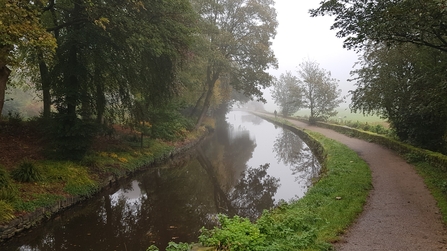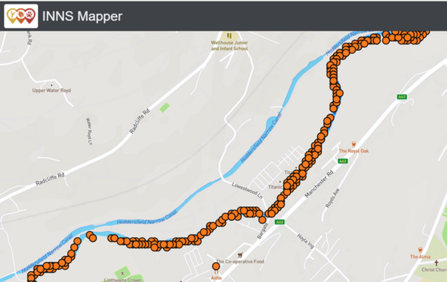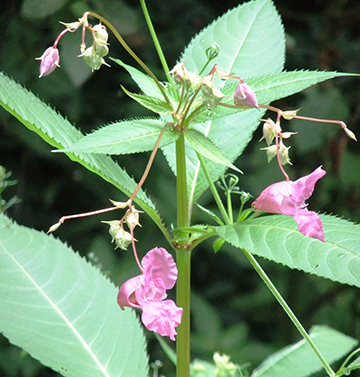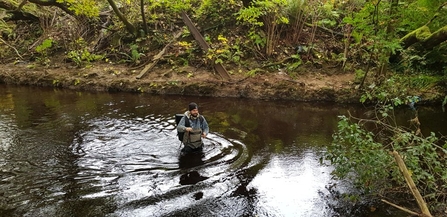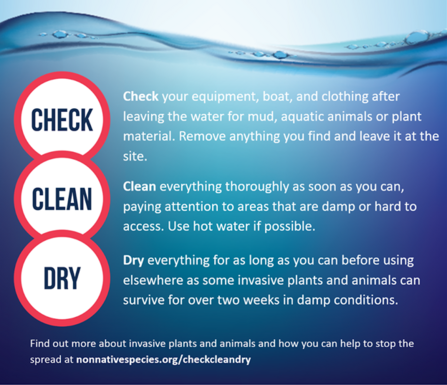War of the Worlds
At the end of the HG Wells classic, the martians that have conquered Earth emerge from their spacecraft and die as our unfamiliar microbes infect them. The mortality rate is 100%. Imagine how bleak this story would have been if it was the other way round and diseases carried by the alien invaders wiped out humanity. For the UK's only indigenous Crayfish species - the White-clawed crayfish, this bleak outlook is reality.
The alien in this case is the American signal crayfish, brought to the UK in the 1970’s for aquaculture farming. Of course, they escaped, and unleashed the fungal crayfish plague on our White-clawed crayfish - the mortality rate is 100%. The American signal crayfish are immune and is now the only crayfish found in most UK rivers. Furthermore, many of the other Crayfish found in the UK are also invasive species. The good news, in this rather bleak outlook is that we can all do our part to help control this.
A foggy morning in the Colne River Valley near Huddersfield is not where you’d expect to find aliens. Yet, within minutes, on this X-files style Telling our Story assignment, I’d spotted some not so little but very green aliens. I’m not talking about Bill and Elliot, my hosts for the day, but the Himalayan balsam and Japanese knotweed that would blight the valley were it not for the efforts of Bill, Elliot and the rest of the Yorkshire Wildlife Trust INNS (invasive Non- Native Species) team.


